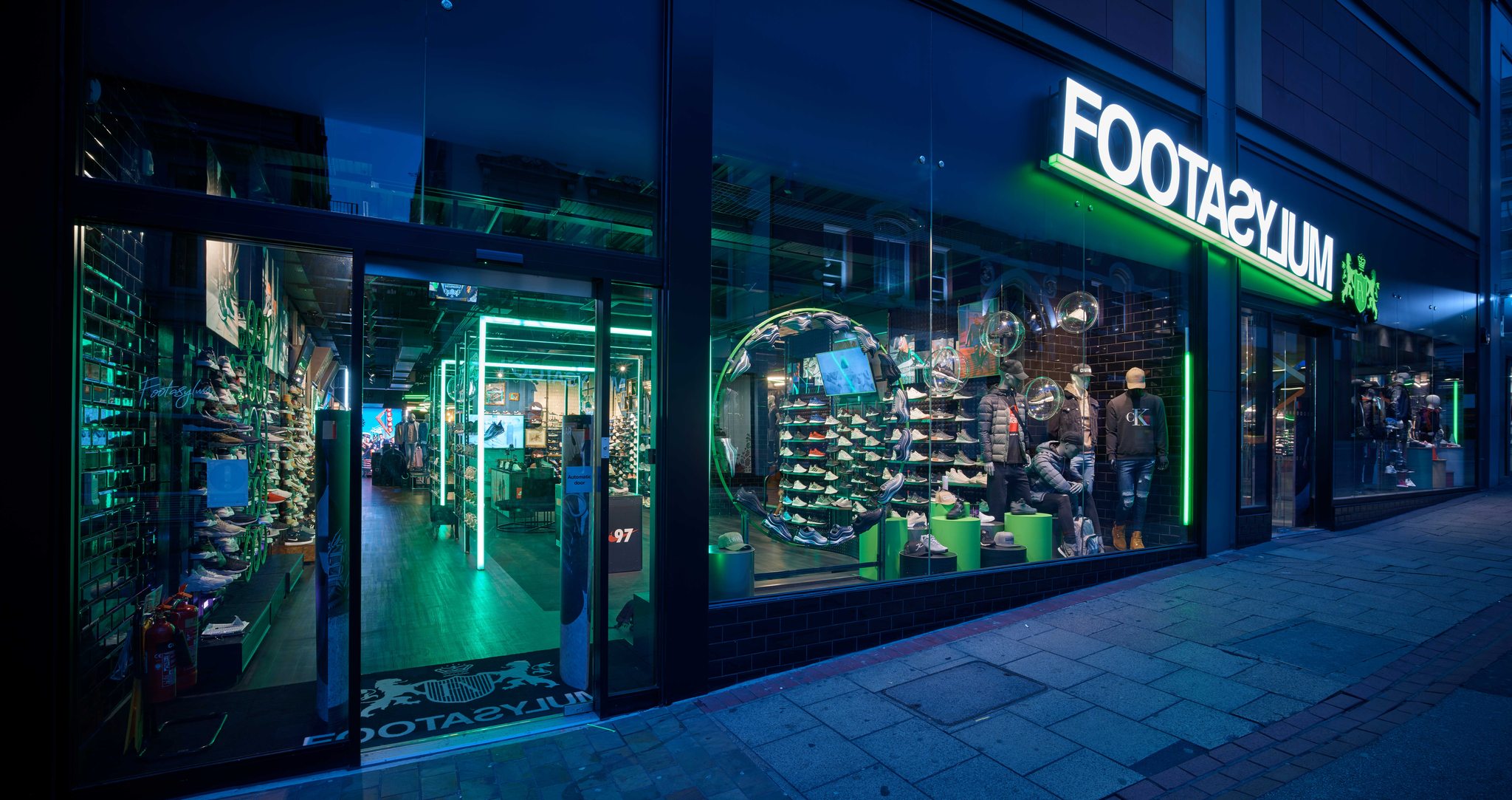5 (more) examples of AI for retail in practice
By Richard Potter on January 21, 2019A couple of weeks ago I shared five interesting examples of how retailers can utilise artificial intelligence (AI) in practice, in a way that helps them to optimise their businesses and drive growth.
Well, those five barely scratched the surface of what’s possible when it comes to AI for retail so, with this in mind, here are five more examples of how AI can be employed successfully by retailers…
1. Pricing optimisation
Price elasticity is something that companies with limited stock have measured and optimised around for a long time – think airlines and hotels. However, AI can take such techniques and strategies deep into the retail sector, helping retailers determine the optimal price to sell products based on their preferences. For example, you can optimise price for volume or margin. You can offer limited time only discounts precisely to move certain products, and you can use competitor pricing and price elasticity to ensure profits are maximised and market share maintained.
This is useful for retailers in the services sector, where consumer choice is lower, and pricing is controlled by you as a brand. For general retailers, in the fashion space, for example, price optimisation can be very powerful when it comes to shifting slow moving stock or maximising the profits from end of season sales.
2. Share online and in-store learnings
One of the advantages of e-commerce is that the virtual store can be changed and adjusted continuously. And, crucially, it can be personalised for everyone. This isn’t possible in-store. However, learnings from the behaviours of customers online can be taken in-store, helping retailers optimise store layouts, the positioning of products, and even the customer experience.
At Peak, we see this as one of the big changes about to hit the retail sector. The very purpose of the physical store is beginning to change and – while it should always have been about customer experience – many retailers placed product range and choice ahead of experience for a long time. Now that the internet offers unlimited choice, the purpose and use of stores themselves will change and, enabled by AI-driven insights, they can be optimised to produce the ideal customer experience.
3. Forecasting demand
Demand forecasting is hugely valuable to retailers who are looking to fulfil customer demand in an optimised way. It can ensure that sales opportunities are never missed and that inventories are optimised, which frees up valuable working capital to further invest in sales growth.
One additional benefit of being able to predict demand precisely is the ability it provides to optimise the promotion of goods inline with forecasted sales – in other words, a truly joined up retail model. What we mean by this, by means of illustration, is the ability to predict softening in demand for a particular product ahead of time and, in turn, automatically promoting that product to the individuals who are most likely to purchase them at any given point in time. This results in less excess stock, a faster turnover of products and fewer items being sold on promotion.
4. Customer care
This is one area in particular where artificial intelligence is already playing a crucial role for a lot of businesses, as more and more companies harness the power of AI to provide customers with responsive, attentive customer service.
The rise in popularity – and the improved efficiency – of chatbots has been extremely noticeable in recent years, and it’s a trend that will only continue to go one way. International parcel delivery business DPD now sees a third of all “live chat” interactions with customers entirely handled by its AI, which is capable of dealing with a vast number of increasingly-complex queries, yet is also smart enough to know when human interaction is still needed. Offering the faster resolution of customer issues and with the added benefit of being available 24 hours a day, 365 days a year, chatbots and other types of virtual assistants have a major part to play in the AI-driven future of the retail industry.
5. The fully-automated, omnichannel retail experience
So, given everything that we’ve covered in both of these blogs, what does the future of the omnichannel retailer look like? Well, we’d suggest looking no further than the Amazon Go concept store, which uses AI and computer vision to create a frictionless retail experience. Customers scan their mobile phones (specifically the Amazon Go app) at turnstiles to enter the store. Computers then track your movements through the shop, identifying when you have placed an item in your basket (or if you’ve put it back on the shelf). When you exit the store, you are automatically charged via the same app. What’s even cooler is that the store layout can be optimised based on customer behaviour, and replenished automatically based on real-time demand.




